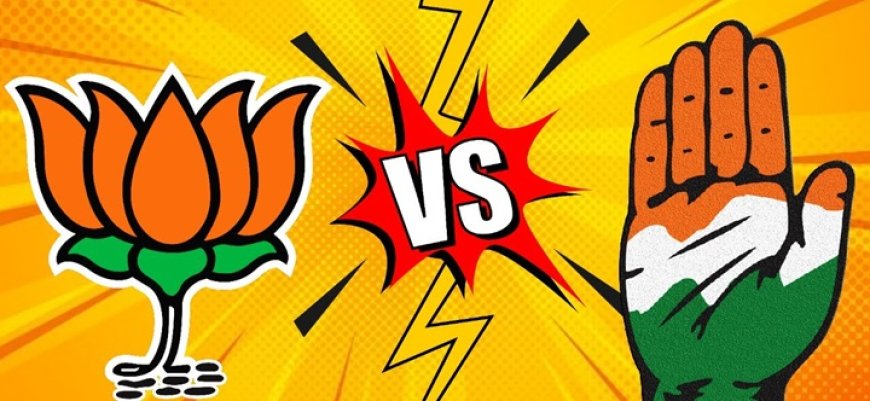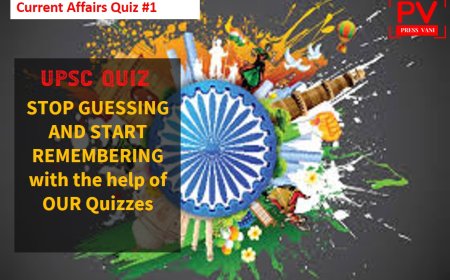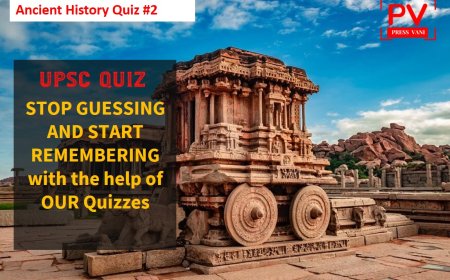Karnataka Election Battle Heats Up: BJP Rejigs Candidate List Amid Alliance Shifts
Dive into Karnataka's electoral dynamics as the BJP restructures its candidate strategy to maintain dominance against a resurgent Congress and a new BJP-JD(S) alliance. This crucial battleground reflects the party's evolution, voter discontent on key issues, and the strategic moves shaping the fierce contest for Lok Sabha seats in this pivotal state.

News Credit: Sri Krishna
With Karnataka being one of the key states for the BJP where it last time bagged 25 of the 28 Lok Sabha seats, it is going to be a crucial battleground for the saffron party vying for majority control in the lower house.
The major fight in this southern state is between BJP and Congress, and the JD(S) having now entered into an alliance with BJP, it has become a straight contest.
Keeping this mind, the BJP made changes in candidates for the Lok Sabha fielding new faces or changing the constituencies of sitting Lok Sabha members.
The party has dropped former union minister DV Sadananda Gowda (Bengaluru North), Pratap Simha (Mysuru), Sanganna Karadi (Koppal), Nalinkumar Kateel (Dakshina Kannada) and GM Siddeshwara (Davanagere) while making some changes.
BJP’s foray into electoral politics in Karnataka dates back to 1983, when, for the first time, it benefited from the Janata Party experiment, and was able to translate its base in the western coastal plains into seats.
The RSS cadre had instilled discipline, and ability, but they still lacked political skills which is vital for political success.
The principal architect of the party in this period was Rama Bhat, who worked relentlessly from his constituency, Puttur, and built up the party in the Mangalore plains. This area already had a strong RSS presence, (often raised to protect against the immigrating Muslims from Kerala, because it caused local frictions). Consequently, even before 1980, the BJP and RSS had a reasonable influence in the farmer lobbies, because many farmers joined the RSS for safety.
Rama Bhat led BJP managed 18 seats in Karnataka for the first time, winning about 8% of the popular vote. However, the party had contested only in constituencies where they felt they had a reasonable chance. In actuality, the vote share of the party where it had contested was about 16%.
Rama Bhat had raised a whole crop of local leaders who would become very prominent in later years, and ensured their election to the Assembly.
In terms of institutional influence, except for their penetration into the arecanut, cashew and coffee planters associations on the west coast, BJP had zero influence in institutions. There was no way the BJP could get into the big farmer lobbies. Industrialists influence was limited to Bangalore, and educated elite of Bangalore still tended left. BJP’s only ability was as a spoiler, and even their hold on the west coast, while organisationally sound, was politically tenuous.
This would be proved in the 1985 elections. Almost all BJP MLAs who had won in 1983 were wiped out, including Rama Bhat himself. Then came the 1989 elections, and a very strong pro-Congress wind blew in the state. The BJP, which in usual time, would have been able to profit from the anti-incumbency against sitting MLAs was stymied by the pro-Congress wind. And only a few small gains accrued to it in the Mangalore plains (Rukmayya Poojary returned from Vittla, but no one else won).
However, by 1991, the ecosystem had changed hugely. The rise of Hindutva had turned the Bangalore elite to the BJP, and henceforth, this city would always have a fondness for the BJP in its heart.
By espousing Hindutva, the BJP had signalled to the big Hindu mathas that here was a party that would keep their interest in mind with veteran BJP leader Yediyurappa playing a key role.
The 1991 Lok Sabha elections elected four BJP MPs from Karnataka for the first time. The BJP had established itself as a credible opposition. It only remained to translate these gains in 1991 to the local level. By now, a large number of people had been attracted, and many rose from the RSS ranks to step up and take the party to the next stage. However, what is vital to observe, is that the BJP in 1991, had to rely on outsiders to take advantage of the Hindutva wave. It did not have its own members to take advantage of the Hindutva wave.
The 1994 Assembly election was a watershed. A strong anti-congress wave washed over Karnataka, but what was surprising was that, wherever the BJP was strong, it emerged the main beneficiary of this anti-Congress wave instead of the JD getting that benefit.
The main regions that welcomed the BJP were the urban regions (Bangalore, Mysore, and Hubli), the coastal plains, and the Malnad regions of Karnataka. Some of these were the regions that had, at some point, elected BJP in the past (while the Bangalore urban elites were more recent converts, the urban elite of Hubli and Mysore had a tradition of electing the BJP before), and where the BJP had an organisational base to take advantage of the sympathy for the BJP. Further, particularly in Hubli-Dharwad, the BJP had benefited from the Idgah Maidan controversy. What the party had gained in 1991, Yediyurappa consolidated the saffron party’s hold working methodically to strengthen the organisation at every level.
He had methodically consolidated it using the organisation at every level. In fact, the organisation that the BJP has in Bangalore district is also the result of the ground work and organisational skills of Yediyurappa.
Prominent finds of Yediyurappa include C T Ravi in Chikmaglur, Bopaiah in Virajpet, Appachu Ranjan in (the then) Somwarpet, and Y Ramakrishna (the SC cell chief of the BJP) in Anekal. The end result of it all was that the BJP emerged as the principal opposition party to the ruling JD. The Congress, struck by the anti-Congress wave, and the sabotage of Bangarappa, was relegated to third place in number of seats (but their vote share was still far higher than the BJP).
Though Karnataka has a robust IT sector and boasts one of the fastest-growing economies in India. However, this economic prosperity hasn't shielded it from the grip of discontent among voters.
Some of the major issues that continues to sway the electorate are corruption, unemployment, and inflation.
As the political landscape heats up, the BJP-led NDA alliance gears up to defend its stronghold in Karnataka. However, the recent state assembly elections in 2023 give a lot of confidence to Congress, which will try to win the maximum seats in a state where it is still the primary challenger to BJP.
What's Your Reaction?




















































